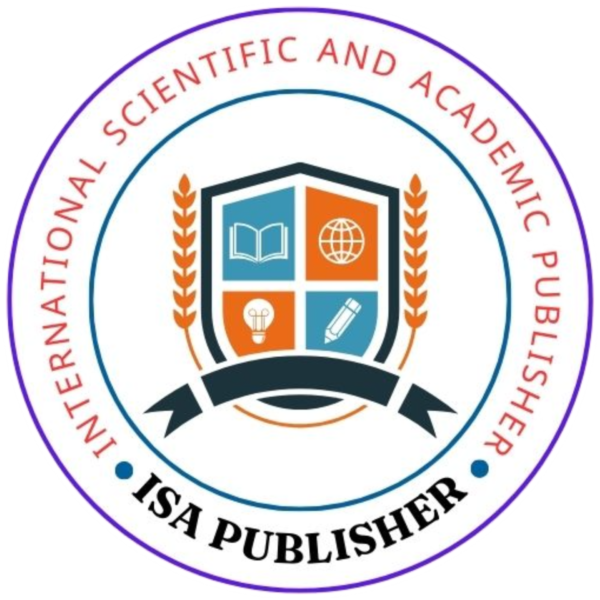A MCDM-LCA and Cluster Analysis-based Scenario Analysis for Sustainable Integrated Solid Waste Management System in Ibadan, South-West Nigeria
- Oluwanimifise, M. K. & Anyaeche C. O
- DOI: 10.5281/zenodo.17243245
- ISA Journal of Engineering and Technology (ISAJET)
The annual waste generation is expected to increase to 3.40 billion tons in 2050. Although there are generally accepted global best practices in Waste Management (WM), there is no all-in-one WM approach, metrics, or strategy that fits all societies in the globe due to the peculiarities of every environment. There is a need to design and adapt sustainable waste management standards, metrics, and strategies in every location, depending on the prevailing social, economic, and human factors in such localities, considering different feasible scenarios. This work proposes an MCDM-LCA-based scenario analysis framework that takes care of the uncertainty inherent in solid waste management systems and designs. It integrates an Analytic Hierarchy Process (AHP) and Life Cycle Assessment (LCA) using cluster analysis (CA). The framework is applied using the information from the decision makers who are waste managers, experts, and stakeholders. Different arrangements of waste treatment methods and scenarios were formulated and analyzed using the data obtained from the field. The best scenario (formed from the aggregation of scenarios 8 and 9) favors 42% of the waste being sent to an anaerobic digestion facility, 20% to compost, 18% to refuse-derived fuel, 15% to recycling, 5% to an incinerator, and the remaining 5% to the landfill.The proposed design presents the best set of scenarios for the effective and sustainable integrated solid waste management system (SISWMS) with three major sub-which are environment, social, and economic, considering the peculiarity of the system with available resources and constraints. Even in difficult terrains. It incorporates easy, yet flexible methods of solving complex solid waste management problems, which are adaptable to various localities based on their structures, norms, settings, and peculiarities. This work presents useful metrics that serve as the basis for taking management decisions, setting targets, and making action plans to weigh different waste treatment options that fit a particular location. It will minimize uncertainty and enhance sustainability in WM designs and operations.

